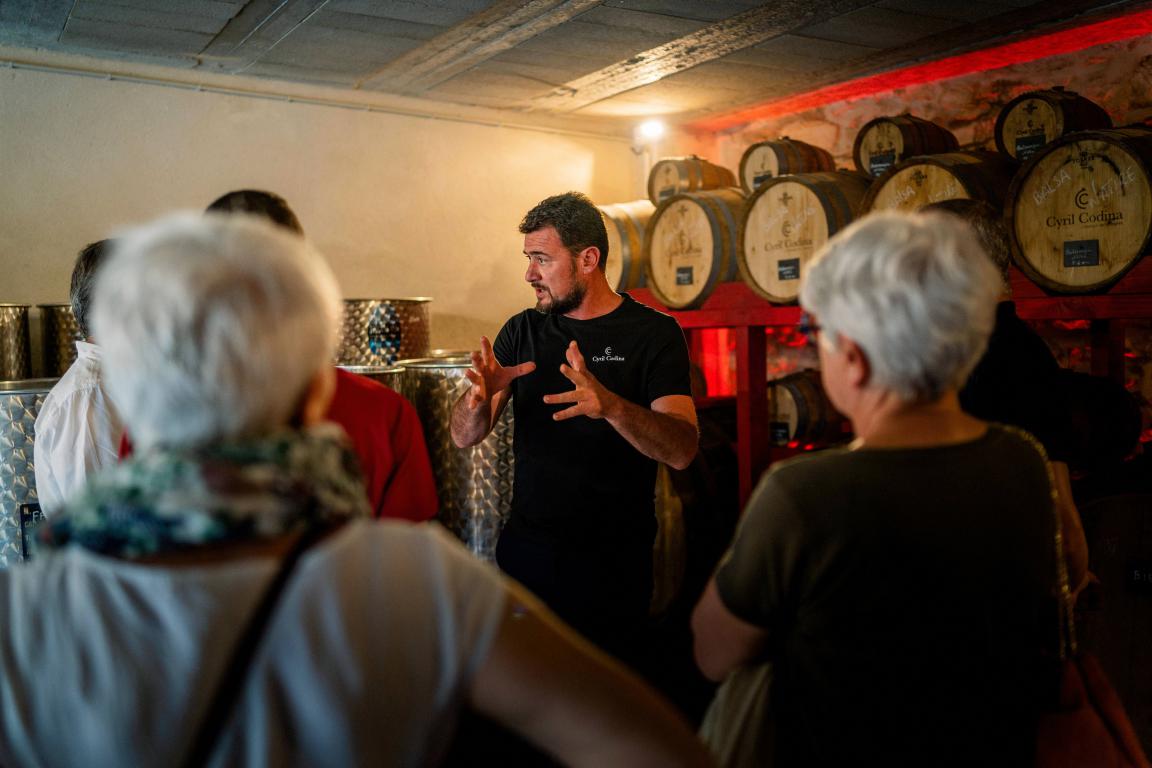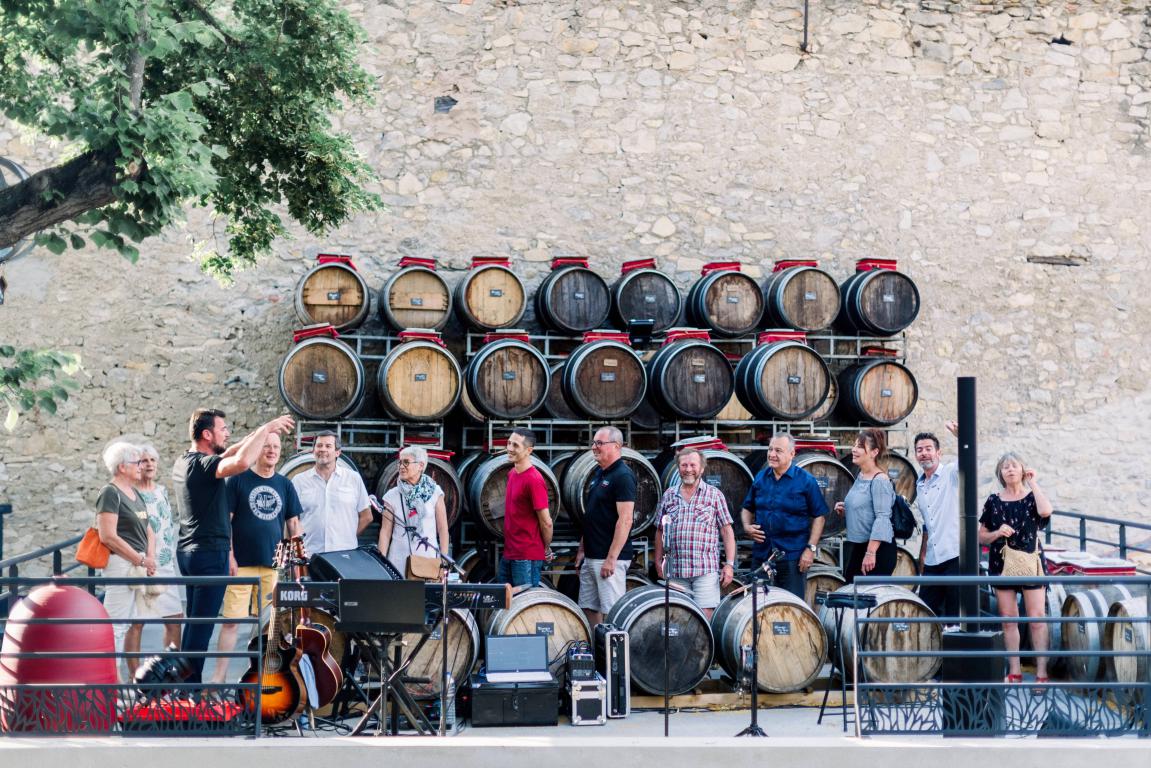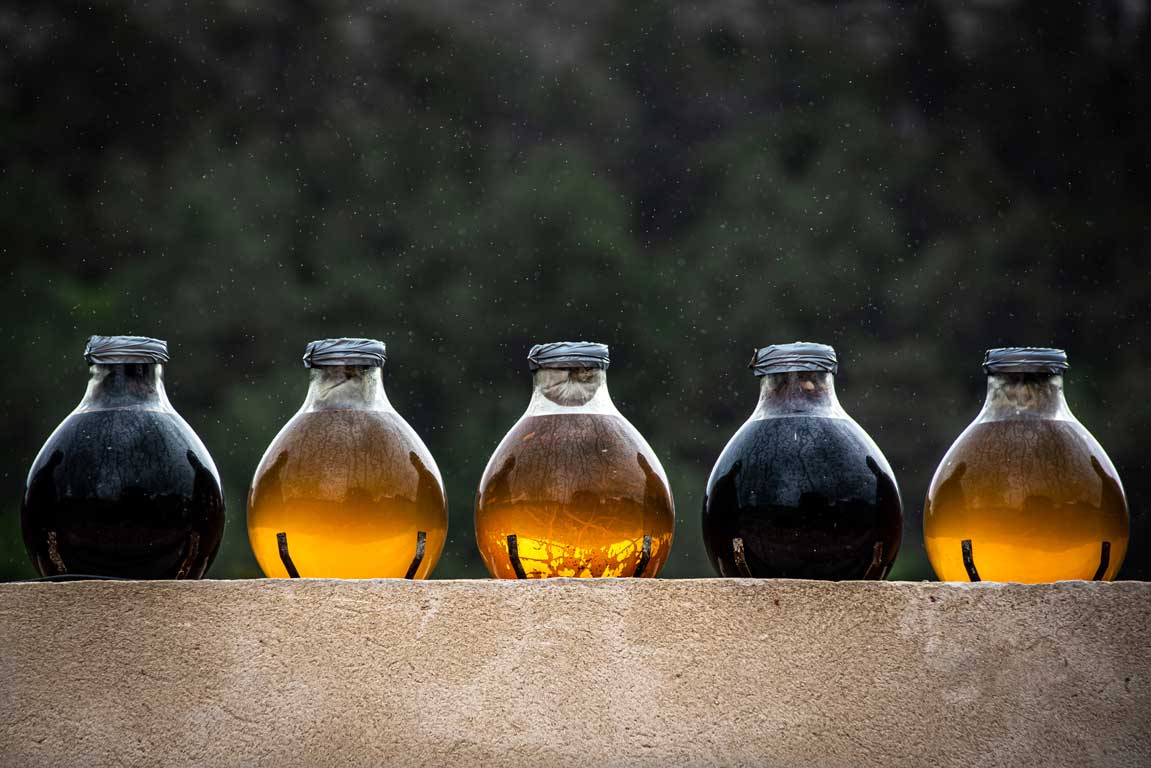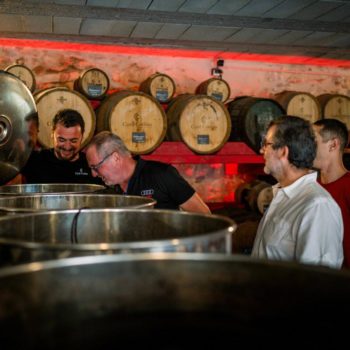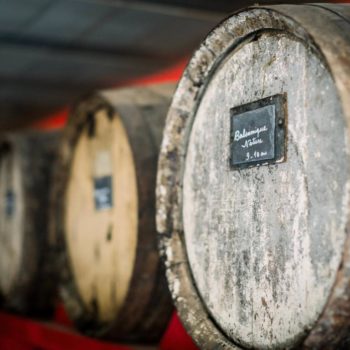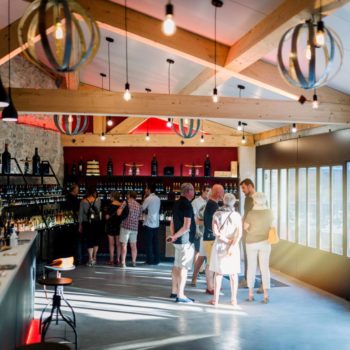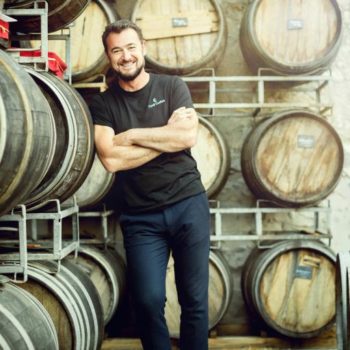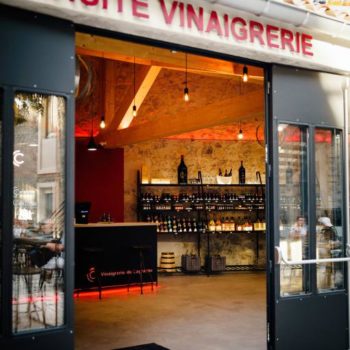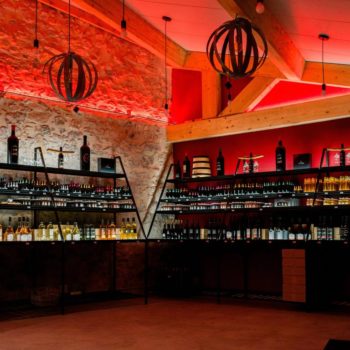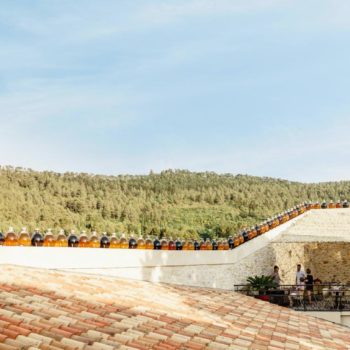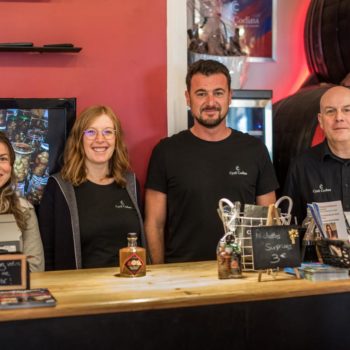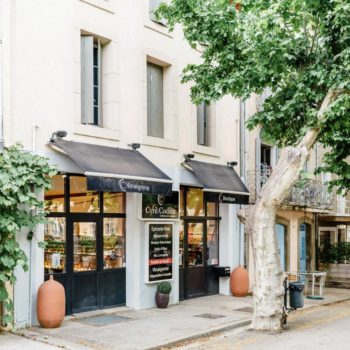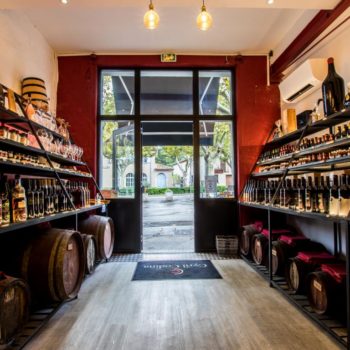Cyril Codina is an independent winegrower from the Aude department who started crafting vinegars more than fifteen years ago. His vineyards can be found at Ferrals-les-Corbières, in the heart of the Corbières-Boutenac terroir, the top-of-the-range cru of the Corbières appellation. Even though the production site for the wines and vinegars will initially be located in Ferrals, in order to offer his products for tasting and sale, Cyril has decided to set up in Lagrasse, a tourist destination and the only village in the Aude to be classified as one of the “Most Beautiful Villages in France”.
Between 2006 and 2009, Cyril created a wine tourism project called the “Musée 1900”, a museum of sorts dedicated to different aspects of everyday life in Lagrasse and winegrowing during the Belle Epoque. The museum closed its doors permanently at the beginning of 2018.
In May 2017, a shop was opened in the middle of the Promenade in Lagrasse, with all of Cyril’s production on sale and offered for tasting and where several products from regional producers can also be purchased. Finally, in 2021, the “Cour des Saveurs” is inaugurated, regrouping a restaurant (opening in July 2022), local producers and also the vinegar workshop, where Cyril creates all of his delights, which we propose to visit
today.
